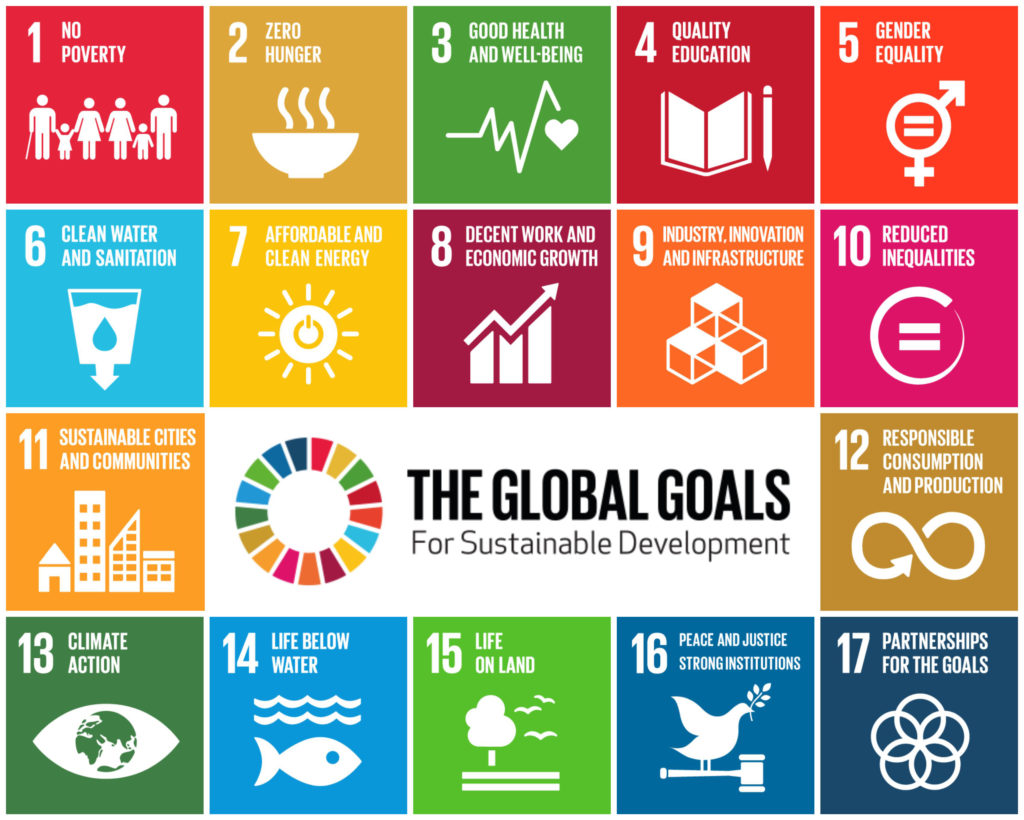The public and private sectors must work together to advance global sustainable development.

However, until recently, one challenge in coordinating joint action was the lack of a shared reference point on key sustainable development priorities. This reference point has now been provided through the adoption of the 2030 Agenda for Sustainable Development and the accompanying Sustainable Development Goals (SDGs).
It is promising that it is now broadly accepted that the private sector has a critical role to play in achieving the SDGs. The question is no longer whether companies should apply the SDGs, but how they should do so.
A recent survey of over 1,000 CEOs from around the world by the UN Global Compact and Accenture found that 87 per cent “believe the SDGs provide an opportunity to rethink approaches to sustainable value creation.” Another 70 per cent of those CEOs “see the SDGs providing a clear framework to structure sustainability efforts.” These findings indicate strong support for applying the SDGs in a business context.
Moreover, these beliefs are increasingly being put into practice. For example, the 2016 edition of the World Business Council for Sustainable Development’s (WBCSD) study Reporting Matters found that over 50 of its members are publicly reporting in some way on the SDGs. Nonetheless, efforts to develop processes for applying the SDGs in a private sector context are still in their early days.
The most prominent guide for business action on the SDGs is provided by the SDG Compass, which outlines five key steps to “assist companies in maximising their contribution to the SDGs”: (1) understanding the SDGs, (2) defining priorities, (3) setting goals, (4) integrating, and (5) reporting and communicating.
The SDG Compass also provides a list of over 800 business indicators and a summary of nearly 60 business tools to guide the application of the SDGs to business. We don’t know exactly how many companies are referring to the SDG Compass. Encouragingly, though, 10 companies included in the WBCSD’s Reporting Matters study stated that they use it to guide their actions.
Given the broad scope of the SDGs, applying them in practice can be a daunting challenge. However, they have clear relevance to the private sector and efforts to apply them in that context should be accelerated. Drawing from the SDG Compass and other guidance documents, eight key steps that businesses should apply in order to support the SDGs have been identified.
- Develop process maps. Process maps provide a high-level visual representation of what the company does. The maps should consider the company’s entire value chain, including both upstream and downstream activities.
- Link to the big picture. The process maps provide a basis for thinking about how the company affects the SDGs. Companies should not “cherry pick” which SDGs to consider, but some SDGs will clearly be more relevant to some companies than others.
- Assess current status. The company may already be engaged in several initiatives related to the SDGs. Therefore, we recommend an environmental scan to identify relevant internal and external initiatives that could affect the comapny’s contributions to the SDGs.
- Set priorities. Building on its current initiatives, the company will need to determine which SDGs merit its greatest attention over the short and long terms. This should be a participatory process involving key internal and external stakeholders.
- Set goals and targets. Short- and long-term goals and targets are required for each key priority. Goals and targets should be science- or ethics-based wherever possible.
- Select indicators. A concise set of indicators is needed to measure progress towards the company’s goals and targets. There are a growing number of example indicators and initiatives relevant to the SDGs.
- Report on progress. The company should publicly disclose its priorities, goals, targets and indicators related to the SDGs. Building on the guidance in the GRI Standards, the company should highlight positive developments, but also be transparent about any difficulties.
- Take action. The most important step is to take action to strengthen the company’s positive contributions to the SDGs. This will require ongoing engagement with key stakeholders.
The steps above overlap with the SDG Compass in several ways. For example, both suggest developing maps of the company’s value chain as a starting point in identifying relevant SDGs. Both also emphasise the need to set goals, to develop indicators and to report on progress.
By Cory Searcy
